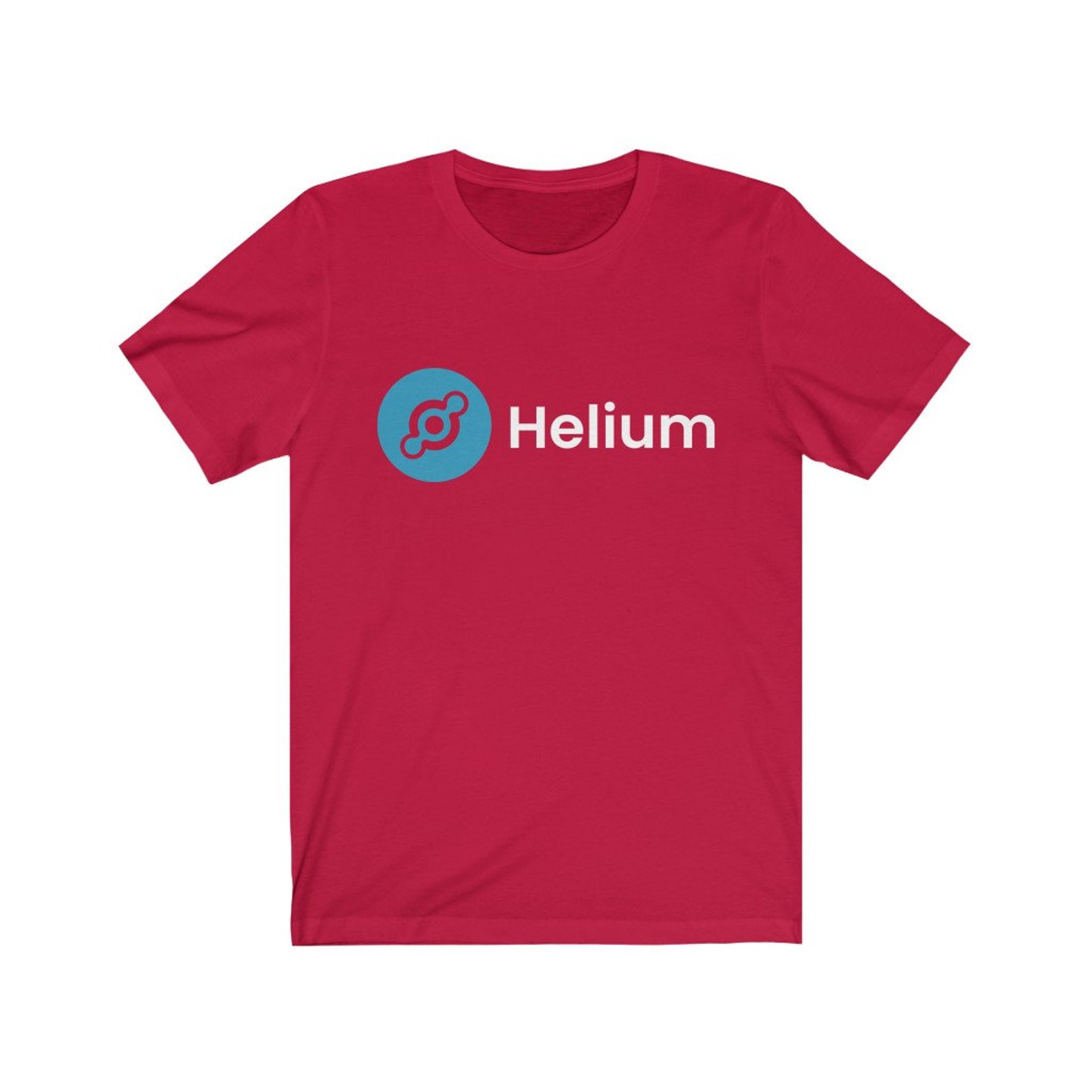

The Unemployment Rate measures the percentage of unemployed people in the country.

It is indicative of overall growth and demand. The Capacity Utilization is the percentage of production capacity which is actually used over a short time period. Japan's Industrial Production will be released at 04:30 GMT, Japan's Capacity Utilization at 04:30 GMT, the Dutch Unemployment Rate at 05:30 GMT. Changes in the volume of the physical output of the nation's factories, mines and utilities are measured by the index of the industrial production. Industry is a basic category of business activity. The Initial Jobless Claims is a measure of the number of people filing first-time claims for state unemployment insurance. The Employment Change is a measure of the change in the number of employed people, which in turn shows the strength of the Labour market. Australia's Unemployment Rate will be released at 00:30 GMT, Australia's Employment Change at 00:30 GMT, the US Initial Jobless Claims at 12:30 GMT. A high percentage indicates weakness in the labor market. So, if you’re the early adopter type, then you have until July 12th to get your hands on a limited supply of tokens before the platform launches (less than one week later).The Unemployment Rate measures the percentage of unemployed people in the country. All the research and risk management is done for them. And all they have to do is hold the token. Unlike most DeFi platforms, there are no losers on Gnox.

This incentivizes early adoption and holding behavior, which, in turn, increases demand for the token.

On top of the yield farming activities, a 1% “tax” on all GNOX purchases is redistributed to current holders once every hour. This makes GNOX one of the rare deflationary tokens. These tokens are then “burned” thus reducing the supply and increasing the value of the token. Periodically, the gains from these activities are used to buy back GNOX tokens on the open market. (This helps DeFi investors avoid the risk of losing their entire investment as some did with the downfall of UST.) It can be thought of as a yield farming pool.Ī team of DeFi analysts then invests the funds into a basked of DeFi opportunities across several blockchains and platforms, thus spreading out the risk. Gnox is an innovative DeFi utility platform that offers what they call “yield farming as a service.” A portion of its native GNOX token (6% of every sale) is moved into a treasury. No one expects it to go away any time soon. And 200+ dapps have already been launched on the Fantom blockchain including popular DeFi names such as Curve (CRV), 1inch (1INCH), and Yearn Finance (YFI), as well as Metamask, Coinbase Wallet, Trust Wallet, and much more.Ĭurrently way down in the #60 spot in terms of market cap, Fantom is a potential competitor for a Top 10 spot which could produce a more than 12X rise in price from here. Interestingly, Fantom creates an entirely new blockchain for each deployed smart contract thus making it very popular with dapp developers. Its opensource blockchain is highly scalable, secure, EVM-compactibile, and incorporates industry-leadering oracles such as Chainlink and Band Protocol. Fantom (FTM)įantom (FTM) was developed to address the limitations of the Ethereum network. Its fully-diluted market cap is nearing $2 billion. If this project does catch on with mainstream consumers, there is a chance that this privately held company could see a big buyout in the future. Notably, the project is backed by crypto venture capital firms a16z and Alameda.īeing the first to market with this concept, it would be hard for any company (or DAO) to catch up aside from big-name tech companies like Google. It uses mining nodes as Hotspots which can be used by wireless devices to connect to the network. Essentially, this is a blockchain-based network for IoT devices. Helium (HNT) is the first decentralized wireless network. Here we cover three altcoins that, while they may not be direct competitors, all have the potential to make long-term holders very rich: HNT with its first-mover advantage, FTM with its innovative layer-1 smart chain, and GNOX with its yield-farming-as-a-service model.


 0 kommentar(er)
0 kommentar(er)
